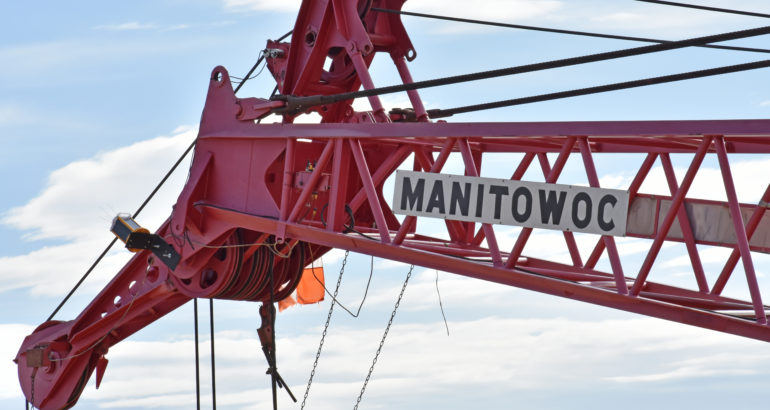When a crane operator arrives on a site for the first day of a new job, he/she has many considerations. The first is safety.
When the operator first steps into the cab of the crane he/she needs to check for to ensure the certificate for the crane is not expired. He/she should also have a valid operator’s license. If he/she is being assisted by a crane operator trainee, this individual will not have a license and therefore cannot operate the crane without the licensed operator present.
Once the operator arrives onsite he/she begins his daily check of the crane. A complete check is required for every crane, each day. These checks are completed on production, maintenance, testing and on cranes being relocated. If there are multiple operators on different shifts, they are all required to complete the operational checks. Once checks are complete, the operator signs the ODCL and reviews any tags posted on the crane.
He/she needs to check a few key aspects of the crane. First, the boom length. Which is the distance from the boom “heel” or “foot” pins to the center of the boom tip sheave (or, for articulating booms, to the boom attachment point for the hook). Next, he/she needs to decide if he/she needs a job boom, An extension attached to the main boom used when lifting light loads to a higher elevation than that permitted by the main boom. If a bend or dent is detected in the crane boom, it important to have bent or dented crane boom members inspected and evaluated because bends and dents can greatly reduce the strength of a boom, possibly resulting in sudden collapse of the boom.
He/she then reviews the load charts to ensure the crane doesn’t get overloaded as well as the minimum required clearances when operating near overhead electrical transmission lines. The minimum clearance depends on the line’s voltage. For 50,000 volts and under, the minimum clearance is 10 feet. The minimum clearance increases as the line voltage increases.
Once the operator is satisfied that the crane is safe he/she begins his work. He/she works with the rigger to load the object to be hoisted. It is the rigger primary responsibility to determine the weight of an object to be hoisted. However, the operator shall determine for him/herself that the estimated weight to be lifted will not exceed the safe load-carrying capacity of the crane as posted on the load chart.
The hook is positioned directly over the load when attaching the load to avoid side loading of the boom and dragging the load as it is picked up. While it is the responsibility of the rigger to ensure that a load is properly secured and balanced before a lift is made, but the operator shall not lift a load if he/she detects any defects in the attachment. If the weather conditions are windy or if the load is oddly shaped the rigger may use a tagline to help with the lifting operations.
The operator may not always be able to see the load or work area. In this event, he/she has a designated signal giver who is in control of the lift and is in view of the operator, or in constant radio contact with the operator. The only time the operator will not follow the signal is if he/she believes it will endanger the crane, the load, or personnel in the vicinity. If this is the case, the operator will stop the machine until the meaning of the signal is understood. The only exception is that the stop signal may be given by anyone.
The operator will move his load to the designated work area. Lower the load slowly, stopping a few inches from the landing point. Then slowly lower the rest of the way.
Once the operator is done working for the day. He/she ensures all controls are in the “off” position, sets the rotate locking devices and drum pawls and secures the power.
He/she will then ensure the crane is clean for the next shift or days use.









